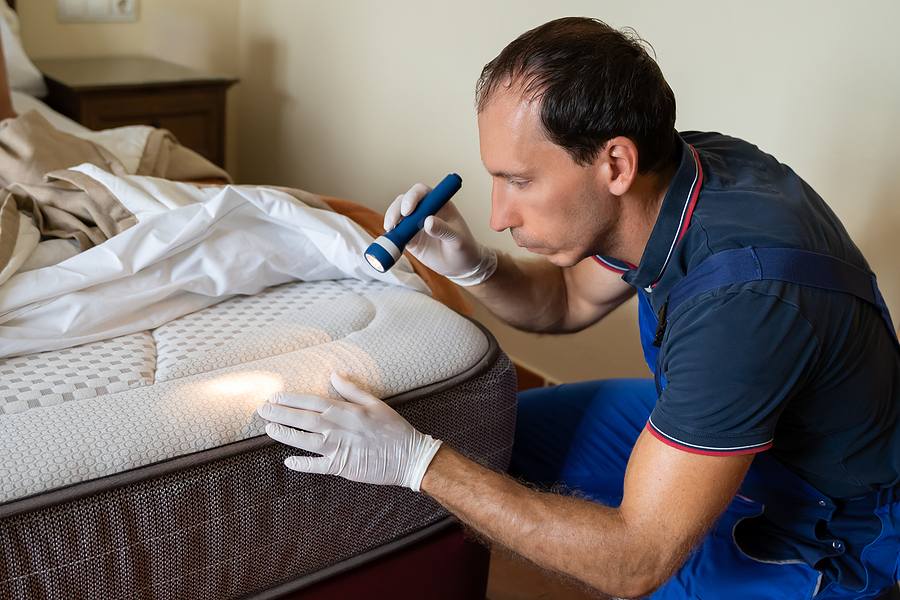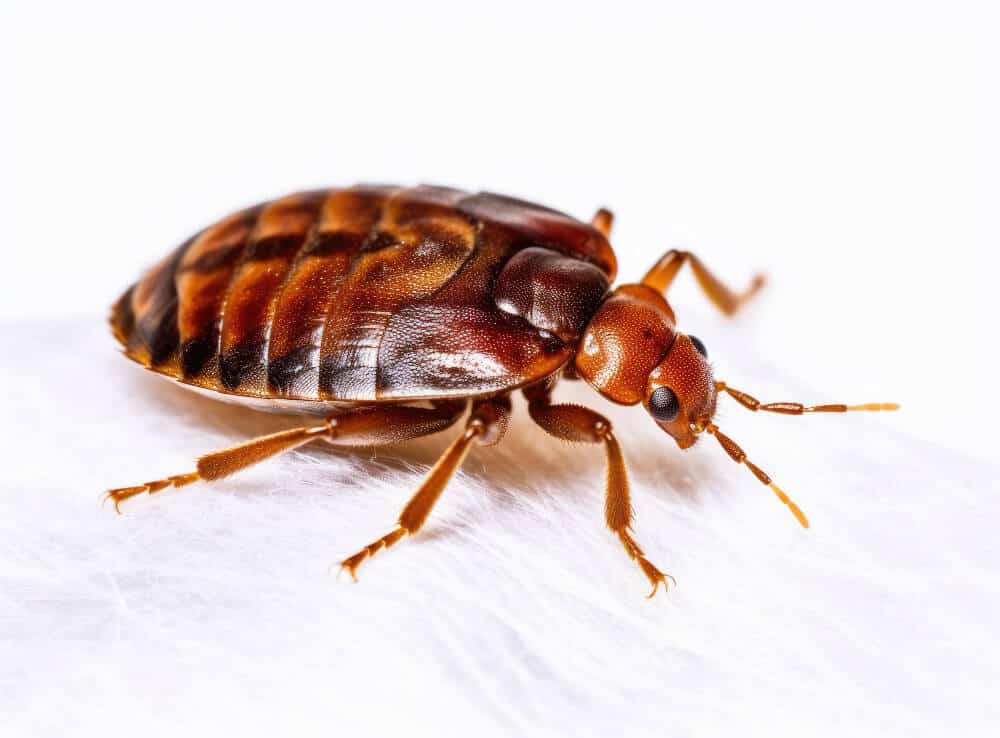Comprehending the Lifecycle of Insects for Targeted Control Methods
Understanding the lifecycle of insects is an essential aspect of effective bug management approaches. With a much deeper understanding of exactly how pests develop and grow, customized control methods can be developed to resolve certain factors in their lifecycle, ultimately leading to even more successful parasite administration end results.
Importance of Comprehending Pest Lifecycle
Recognizing the lifecycle of pests is essential for establishing reliable and targeted control techniques in bug monitoring. By comprehending the different phases a pest experiences from egg to grownup, pest control professionals can determine weak spots in the lifecycle where intervention can be most effective. For example, recognizing when larvae are most active can help figure out the ideal timing for using larvicides. Additionally, comprehending the life-span of a pest types can help in anticipating populace development patterns and possible infestation risks.
Moreover, identifying the details ecological problems needed for every stage of the insect's lifecycle can direct decisions on habitat modification or exemption approaches to disrupt the lifecycle and reduce parasite populaces. This expertise allows pest administration professionals to execute proactive measures as opposed to depending entirely on reactive therapies, leading to more lasting and lasting bug control services. Ultimately, a comprehensive understanding of insect lifecycles encourages parasite control experts to customize their techniques effectively, making best use of and reducing environmental effects control outcomes.
Trick Stages in Bug Development
To successfully implement targeted control methods in parasite administration, a critical element exists in adequately determining and recognizing the key phases in insect advancement. Parasite development usually consists of numerous essential stages that are critical for their lifecycle and management. The initial stage is the egg phase, where parasites lay eggs that later on hatch into larvae. Larvae then advance right into pupae, a phase where they undertake transformation prior to becoming adult parasites. Understanding these stages is vital as it assists in identifying at risk factors in the lifecycle where control actions can be most reliable.

Susceptabilities in Pest Lifecycle
Throughout the numerous stages of a parasite's lifecycle, unique susceptabilities arise that can be tactically targeted for reliable control procedures. One critical vulnerability exists in the egg stage, where parasites are typically more prone to particular insecticides or organic control agents as a result of their soft outer shell, making them less complicated targets for intervention. In addition, the larval or nymph stage offers vulnerabilities as insects undertake rapid development and development, needing high power consumption that can be made use of by interrupting their food resources or introducing development preventions. Pupal phases, characterized by immobility and makeover, offer a window see here for targeted control with physical obstacles or specific treatments that prevent successful development. Adult insects, while a lot more resistant due to their reproductive capacity, can still be susceptible throughout mating or egg-laying activities, which can be interrupted with pheromone traps or sterilization methods. Comprehending these susceptabilities in the pest lifecycle is vital for creating effective and exact control methods that successfully take care of bug populaces while lessening environmental effect.
Implementing Targeted Control Procedures

Implementing targeted control measures commonly includes a multi-faceted method. This may include environment modification to make the atmosphere less welcoming to insects, such as getting rid of standing water for mosquito control or securing entry factors for rodents. Furthermore, organic control approaches can be used, where natural killers or pathogens are presented to keep parasite populations in check.
Chemical control, such as the mindful application of pesticides, is another usual strategy. Nevertheless, it is important to utilize these materials sensibly to decrease environmental effect and possible harm to non-target types. Integrated Parasite Management (IPM) approaches that integrate different control procedures in a coordinated and lasting manner are usually one of the most effective in achieving long-term insect management objectives. By applying targeted control actions based upon a thorough understanding of parasite lifecycles, bug populations can be efficiently controlled while decreasing threats to human health and wellness and the environment.
Boosted Pest Monitoring Practices

Furthermore, the consolidation of biological control representatives, such as natural predators or pathogens of pests, can help decrease reliance on chemical pesticides and promote a more balanced environment. Carrying out physical obstacles and traps can likewise become part next of improved insect administration practices, providing non-toxic and targeted solutions for parasite control. In addition, using scents and other semiochemicals can interrupt pest mating patterns and communication, causing lowered pest populations in time.
Conclusion
Finally, understanding the lifecycle of parasites is critical for reliable insect management strategies. By recognizing vital stages in parasite growth and vulnerabilities in their lifecycle, targeted control measures can be implemented to decrease insect populations. Boosted insect management techniques can help in read this post here reducing the reliance on broad-spectrum chemicals and promote even more lasting and eco-friendly insect control methods. This expertise plays an important role in keeping healthy ecological communities and farming productivity.
Understanding the lifecycle of bugs is important for establishing reliable and targeted control strategies in bug monitoring. By comprehending the different phases an insect goes via from egg to grownup, pest control experts can determine at risk factors in the lifecycle where treatment can be most effective. Eventually, a thorough understanding of insect lifecycles equips bug control practitioners to tailor their methods effectively, making best use of and minimizing environmental effects control results.
By applying targeted control measures based on a comprehensive understanding of insect lifecycles, bug populaces can be properly controlled while minimizing dangers to human health and wellness and the atmosphere.
By determining essential stages in bug growth and susceptabilities in their lifecycle, targeted control actions can be implemented to minimize bug populations.